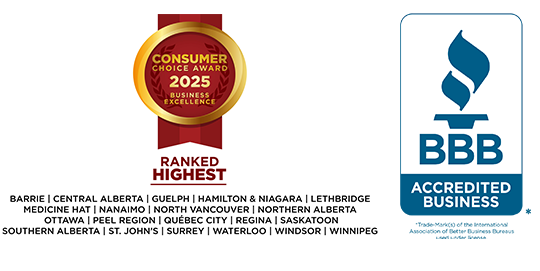This post is written to help those looking in from the outside (bankers, lawyers, accountants, insurance agents etc.) spot when a client of yours may be experiencing financial difficulty and might need the help of insolvency professionals like us. Assessing whether your client is experiencing financial distress does not require access to detailed financial information, but rather facts which are readily available if you keep a keen eye and watch for them.
- (Good) people are leaving. Management always thinks employees don’t know when the company is in trouble. They are wrong, the employees, particularly the good ones, always know and the good ones can always leave and find other jobs. So if there are people that you find are suddenly leaving an organization you are working with, it should raise a red flag or two.
- Sales are declining. You won’t know the numbers but it’s usually obvious – fewer customers in the store, fewer delivery trucks, empty parking lots, less advertising (or more advertising of sales).
- A competitor has opened and is making a splash. Sometimes the market isn’t big enough for two and the introduction of a competitor can often result in the older business not being able to compete. This is particularly true if the competitor is one of the larger chains (i.e. Your client is a pharmacy and then Walmart opens a pharmacy in their store down the street).
- Dusty inventory – it’s kind of an old joke that says the best way to do an inventory count is wearing white gloves – if you find dust on the inventory then it isn’t turning over fast enough. It also means the company is not very good at returning inventory that doesn’t sell to suppliers.
- The owner(s) can’t explain the business. If you can’t tell me what business you are in and explain your value proposition in 30 words or less ( 15 is better), chances are you aren’t going to succeed.
- The owner(s) can’t explain their role, their strengths and /or their weaknesses. Yes, you might be the president but you are likely either a sales person or a production professional, etc. So explain how you will have someone else to do things you can’t or won’t do.
- The owner(s) don’t know the Key Performance Indicators (KPIs) for their business. Every business has KPIs that tell you how your business is doing on daily basis. One will be sales – might be dollars, but occupancy for a hotel, nightly covers in a restaurant etc. might be better indicators. There will be two or three others depending on the business and a good owner knows them, tracks them and works to improve them. If they can’t tell you what they are then they won’t know if they are doing well or not. A good owner can tell you what their monthly income will be before the accountant pulls off the financial statements.
- And finally, a big red flag is raised when a business is growing too fast. It’s very, very difficult to grow a business extremely rapidly. More businesses fail by failing to expand correctly than by failing to shrink. Where will the business get the people, the equipment, the inventory, the financing etc. to grow. It takes a skilled entrepreneur or manager to handle all the pieces and failure is all too common. If any of the pieces are missing, failure is almost inevitable.
We always prefer to get called earlier – maybe we can help save the business by bringing in other MNP specialists. We often get called too late and are brought in wearing our insolvency/ restructuring hats.

